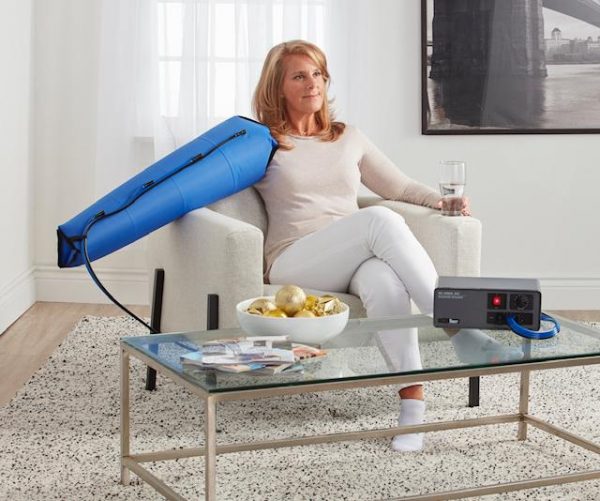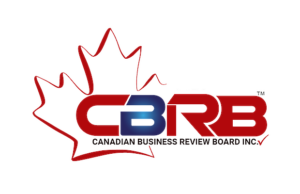Compression Pump Therapy
for Lymphedema Relief
Compression pump therapy is increasingly recognized as a safe, non-invasive way to manage lymphedema and improve lymphatic flow. These devices use gentle, rhythmic air pressure to help move excess fluid away from swollen areas, making it easier for the body to reabsorb and eliminate it. For many people living with lymphedema, this type of therapy can help ease daily discomfort, reduce heaviness, and support better mobility.
By delivering controlled compression in cycles, usually from the hand or foot upward, compression pumps mimic the natural pumping action of muscles and lymphatic vessels. The result is improved circulation, less fluid retention, and a more active role in managing symptoms at home. Pump therapy is often recommended as part of a larger care plan that may also include compression garments or manual lymphatic drainage.
Designed for Comfort and Results
Intermittent Pneumatic Compression (IPC) pumps are designed to apply gradual, wave-like pressure, starting from the extremities and moving toward the torso. This motion mimics a gentle massage and helps direct built-up fluid toward areas where the body can naturally process and remove it. For best results, a quality pump will use at least three chambers that inflate sequentially, enhancing comfort and effectiveness.
These devices are often recommended for people with lymphedema or chronic venous insufficiency and are most effective when combined with other therapies like manual lymphatic drainage or compression garments. Together, they form a comprehensive approach to managing swelling and improving day-to-day comfort.
One of the biggest advantages of IPC therapy is how user-friendly it is. Many devices are lightweight, quiet, and designed for home use, allowing individuals to manage their symptoms in a private, familiar setting. Over time, and with consistent use, pressure levels can be gradually adjusted based on personal comfort and progress.
For many people, integrating compression pump therapy into their routine offers more than physical relief, it adds a sense of control, comfort, and confidence in managing a long-term condition. When used as part of a broader care plan, this type of therapy can make a meaningful difference in both symptom management and overall quality of life.
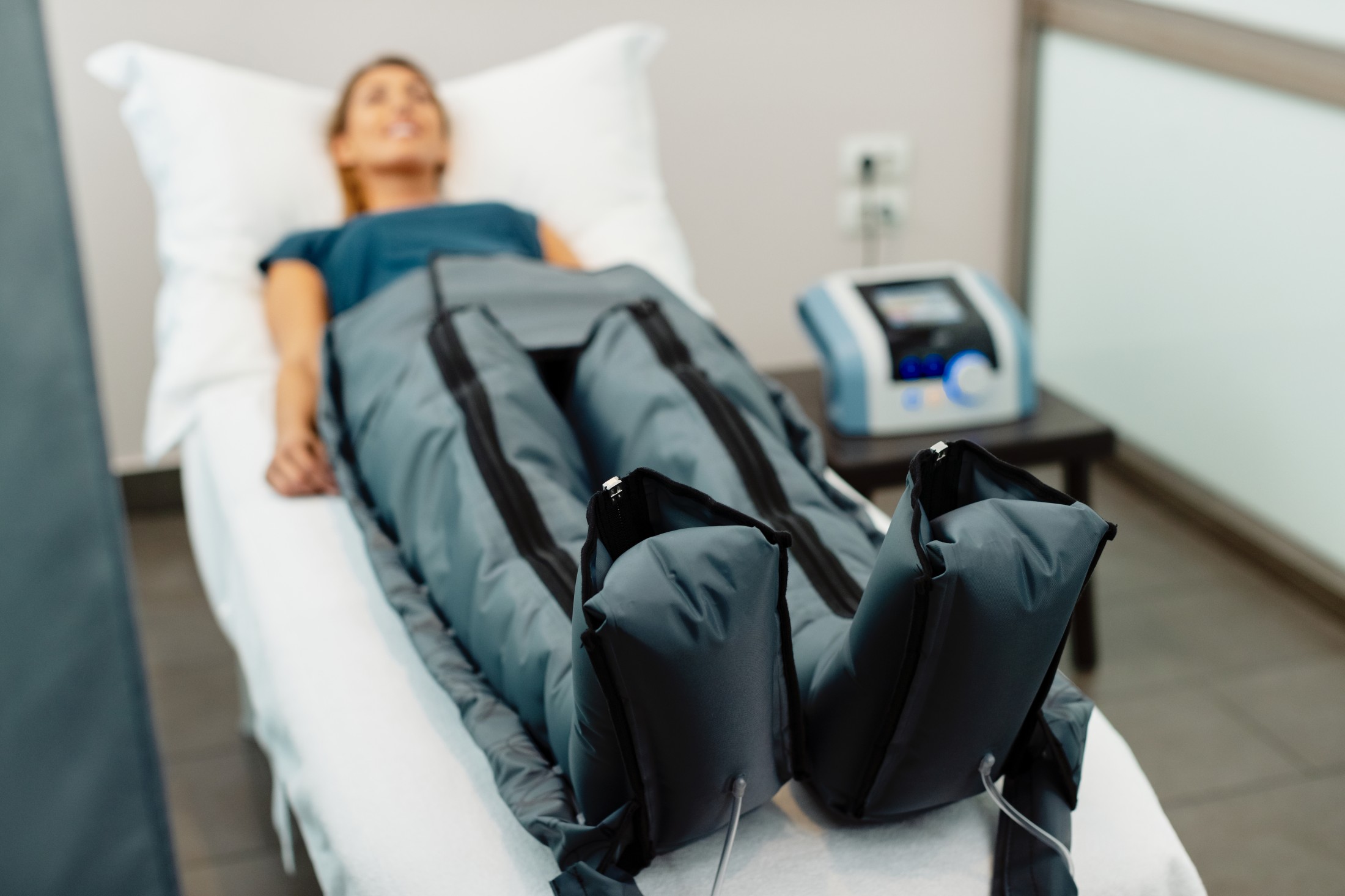
Helping Your Lymphatic System
How Compression Pumps Work
Your lymphatic system acts like a drainage network, carrying away excess fluid and waste your body doesn’t need. When this system slows down, as with lymphedema, fluid collects in your legs or arms, leading to swelling and discomfort.
A compression pump uses gentle, rhythmic pressure through inflatable sleeves or boots. This pressure encourages fluid to move upward, away from the swollen area, and back into circulation. Think of it as giving your lymphatic system a “push” so it can do its job more effectively. Over time, regular sessions can reduce swelling, ease pain, and improve movement.
Treatment Options
Pump Therapy vs. Manual Drainage
Many patients also hear about Manual Lymphatic Drainage (MLD), a hands-on massage technique performed by a trained therapist. Both approaches support lymph flow, but they work a little differently:
- Manual Drainage (MLD): Uses light, specialized massage strokes to stimulate lymph nodes and vessels.
- Compression Pump: Uses programmed air pressure cycles for a consistent, repeatable treatment, often more convenient at home or as a supplement to manual therapy.
Some patients benefit from a combination: regular pump use plus occasional MLD for targeted areas.

Personalized Assessment
During your initial consultation, our specialists conduct a thorough evaluation of your condition to understand your specific needs.
Treatment Plan
Based on the assessment findings, we develop a customized treatment plan that outlines your therapy schedule and specific interventions.
Ongoing Support and Monitoring
We provide continuous support and monitor your progress, making necessary adjustments to the therapy plan as your condition evolves.
Pneumatic Compression Pump Therapy
Monitoring Your Progress
Regular check-ins help ensure your compression wear is still doing its job. Swelling patterns, skin health, and circulation can shift, so what worked six months ago may no longer be ideal. A certified fitter can re-measure and adjust your prescription to keep you comfortable and supported.
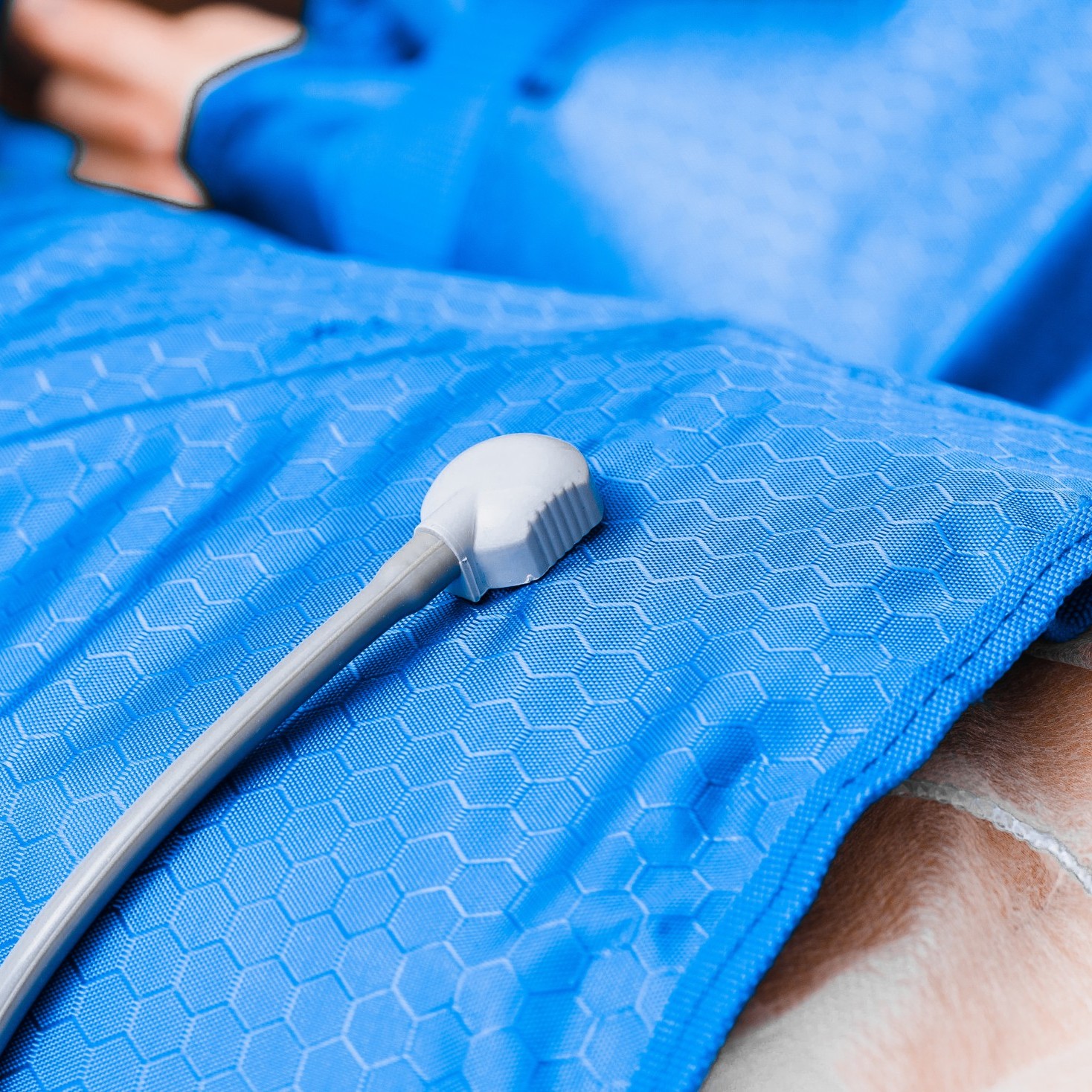
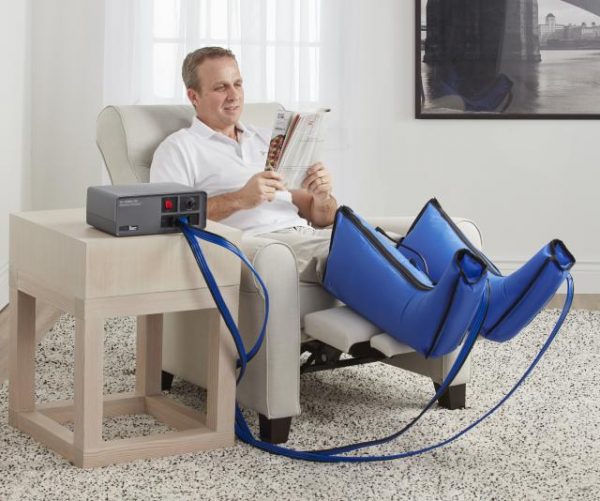
Safety Considerations
When to Avoid Pump Therapy
Compression pumps are safe for most people with swelling, but they’re not right for everyone. You should avoid or get medical clearance first if you have:
- Active skin infections or untreated wounds in the area
- Severe arterial disease (poor blood flow in arteries)
- Congestive heart failure or uncontrolled high blood pressure
- Recent blood clots (DVT) unless cleared by your doctor
That’s why it’s important to be evaluated before starting pump therapy. At Care-Med, we guide you through whether a pump is right for your condition and ensure it’s used safely.
What Our Patients are Saying
Alla at Care-Med has helped me through my recent bout of bad lymphedema. The last few years have been hard for everyone with COVID restrictions but Alla stayed open and was able to help me while keeping her office up to date with all health safety requirements and then some. She has always been kind and accommodating. I would recommend her to all needing her services.
I have been going to Care Med since 2011 and have always had a positive experience. I have always received excellent customer service, and found the Care Med staff and owners to be friendly and helpful. I would definitely recommend them to all my friends, family and colleagues.
I wanted to thank Alla and her team for all their help. I have spent years trying to find practical solutions for the care of my lymphadema that work well for me. With the help of Alla and her team, the size of my legs have reduced drastically in a matter of months. I am grateful to them for providing me such valuable information that allowed me to navigate the medical system to be able to get the care that I need.
I would highly recommend this place!! Alla & her team are extremely knowledgeable, helpful, accommodating, and professional. I have already seen so much improvement from my compression garments and am so grateful for all their help.
Still Have Questions?
Below are some of the common questions people ask when exploring this treatment and what to expect along the way.
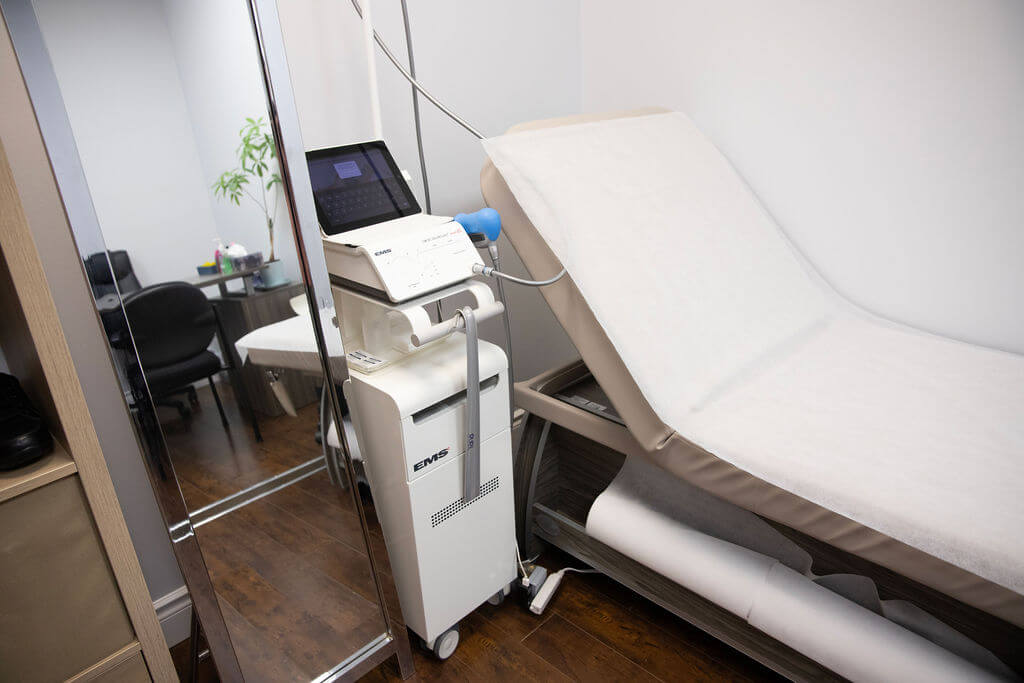
Insurance-Approved Provider for 18+ Years
Care-Med accepts all major Extended Health Care plans, ODSP, ADP, and Circle of Care. Clients trust us not just for coverage, but for the exceptional service that follows: we handle reorders, offer product warranties, and schedule follow-up appointments. With over 18 years of experience, we’ve never been audited, never been delisted, and are consistently rated as a top provider in our field.
Our reputation is built on reliability, attention to detail, and the long-term relationships we build.



